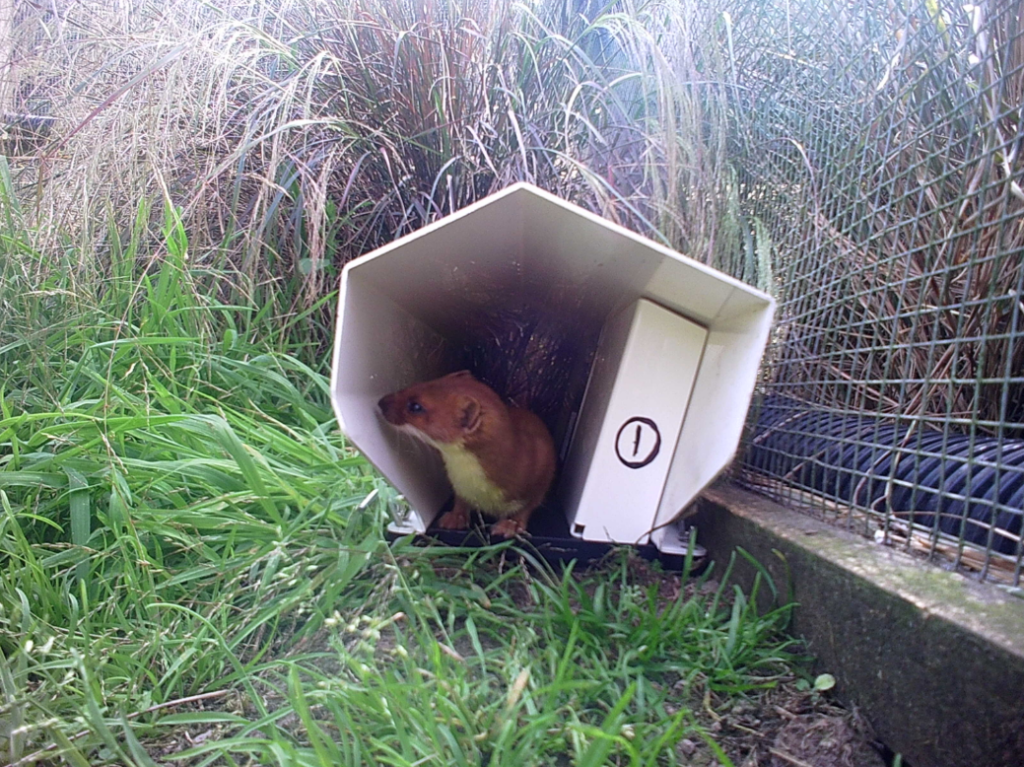In the webinar Dr Helen Blackie from Boffa Miskell discusses some of the latest technologies to control introduced predators in New Zealand (including resetting traps and cameras using artificial intelligence for species recognition).
She also shares some tips to help improve your predator control, and address one of the tricker questions facing many involved in conservation — what can we do to better control feral cats?
Cam Speedy from Wildlife Management Associates has over 40 years of experience in predator, threatened species and ecosystem management.
‘Attention-to-detail’ is Cam’s number one tip for trapping. He believes if you just ‘plonk’ trapping kit in the bush with little thought, it’s a waste of your time. Ineffective kit sitting around, catching nothing and rotting in our forests is an increasing issue we can’t afford if we want to achieve a predator free NZ by 2050.
An introduction to predator control – particularly for farms. Has a lot of extremely good tips and hints and ways to manage your traps.
Dr Helen Blackie from Boffa Miskell explains how to use landscape features to optimise the placement of traps and monitoring tools to increase encounter rates.
Helen also provides insights into new emerging tools for control, such as artificially intelligent traps and automated lure dispensers.
Helen is a member of our Technical Advisory Group (TAG).
An earlier webinar from Dr Helen Blackie discussing a number of exciting new predator control tools that are currently in development and they could change predator control significantly for all of us.
From long life lures to highly accurate detection devices and species specific toxins — the future is looking bright.
Find out how to design an effective trap network for stoats and rats. Goodnature’s Technical Expert, Sam Gibson, shares his experience, tips and tricks. Sam’s role includes going by helicopter or boat to remote areas to layout traps. He gets to trap in some of New Zealand’s most extraordinary locations including the Hollyford Valley, Raukumara Ranges and Pomona Island.
In this talk Dr Veale describes some of his recent work focusing on how genomics may assist us achieve our goal of controlling and potentially eradicating invasive predators from Aotearoa.
Genomes contain vast quantities of information about how to make an organism, what it’s evolutionary history is, and how it’s populations interact with the environment. This information has the potential to be used by conservation managers to help us understand their ecology, and to help us manage their populations.
Dr Andrew Veale is a member of our Technical Advisory Group (TAG). We are also asking everyone to collect stoat samples.
